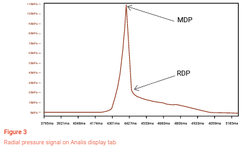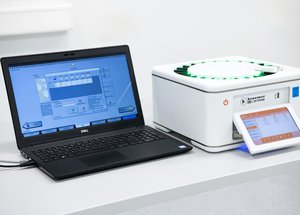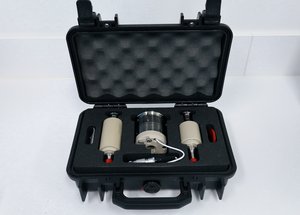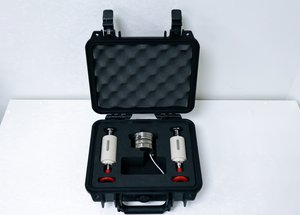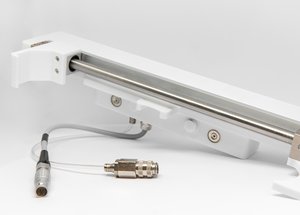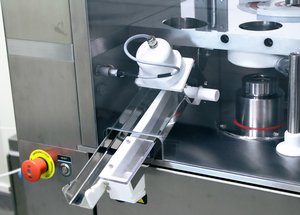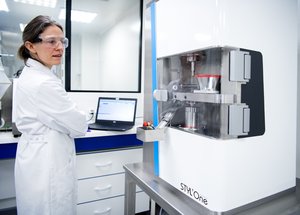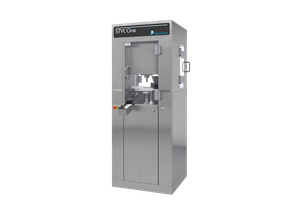Scientific papers
This study investigates whether the atypical residual force pattern—referred to as the “high residual force profile”—previously observed in microcrystalline cellulose (MCC)-based blends, is unique to this material or can also occur in other excipients, such as lactose. To support the analysis of stress and density distribution, a colored pigment was incorporated into the mixtures to visualize densification gradients.
The results demonstrate clear differences in compression behavior between MCC and lactose, consistent with established findings in the literature. Notably, high residual force profiles appeared exclusively in MCC-based blends, suggesting that such atypical profiles are characteristic of viscoplastic materials like MCC and do not arise in materials such as lactose.
Further examination of the tablet bands revealed additional complexity. In MCC tablets, variations in color intensity could not be explained solely by densification differences, indicating the presence of additional mechanisms influencing pigment distribution.
Overall, this study reinforces the material-specific nature of high residual force profiles in MCC-type excipients while shedding new light on the factors shaping density and color gradients. These insights underline the importance of considering material properties in compression processes and open new directions for exploring the mechanisms behind these phenomena.
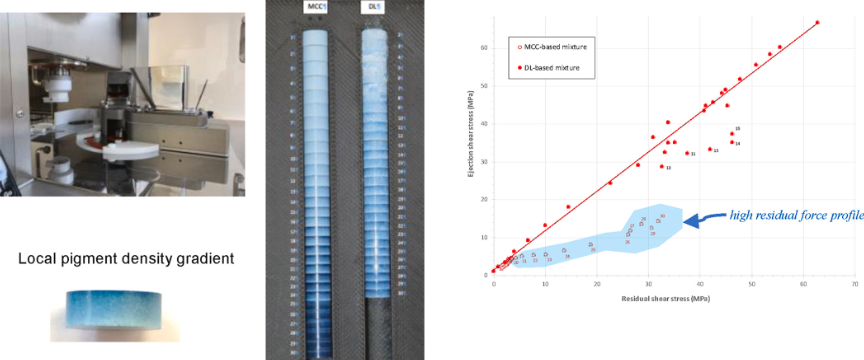
Comments
No comments posted yet.
Add a comment

